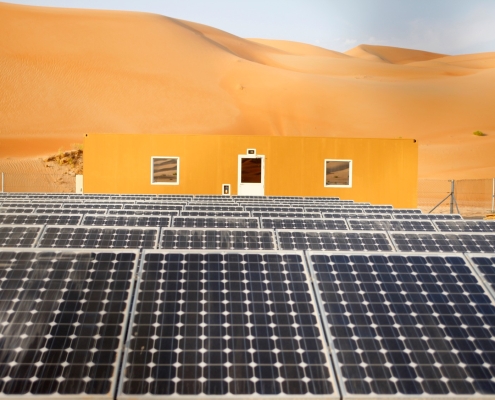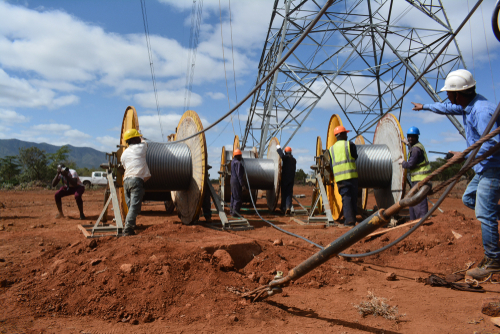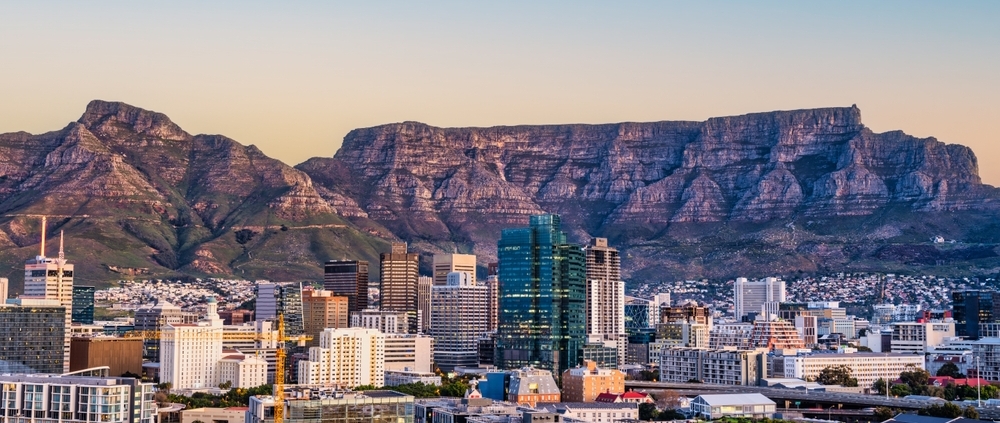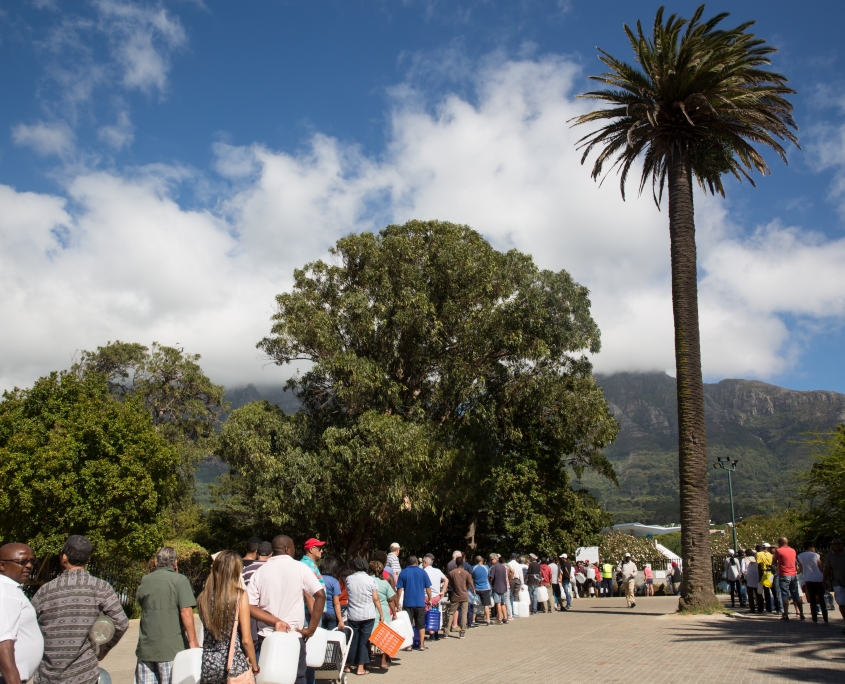Castalia’s blog
EWEC in Abu Dhabi just announced a Gigascale PV plus battery system that will provide 24/7 dispatchable solar power at an all-in energy cost comparable to gas-fired generation. Masdar will deliver and operate the plant. What does this mean for global power markets?
What makes solar PV + batteries competitive to provide dispatchable solar power?
Four key factors drive the viability of large-scale solar PV + battery systems as a cost-effective alternative:
1. Decreasing the cost of Battery Energy Storage Systems (BESS) and PV
Advances in battery technology and cost reduction enable solar PV + batteries to overcome traditional concerns by delivering a reliable, 24/7 power supply.
2. High-Quality Solar Resources
Regions with exceptional solar conditions can access high-capacity and consistent generation at a price comparable to conventional fossil fuel generation.
3. Low-Cost Capital
The cost of capital required for this type of power is already falling in many regions due to easing inflation and reduced risk perceptions.
4. Availability of suitable site
Large tracts of flat land with access to transmission connections.
Why This Matters
Solar PV + BESS can offer the same service as a gas generator, at the same price, with no carbon emissions. Many countries with high-quality RE resources stand to benefit from these developments as a cleaner energy future becomes economically and financially viable compared to conventional thermal generation. Take Australia for example; the CSIRO’s most recent study anticipates solar PV + battery reaching $70-130MWh by 2030. This announcement from Abu Dhabi suggests it could be a reality far sooner.
What’s Next?
If Masdar and EWEC’s solar PV and BESS facility can produce 1 GW of 24/7 dispatchable renewable energy for a price consistently comparable to fossil fuel generation and other regions can follow suit, global energy investment priorities and political focus will shift dramatically.
The Eastern Africa Power Pool (EAPP) is set to launch a day-ahead market (DAM) in early 2025. This marks a pivotal step toward realizing a functional regional East Africa Power Market. Accordingly, this initiative aims to foster competition, reduce electricity supply costs, and enhance energy security across the region. By enabling day-ahead power trading among its 13 member countries, the DAM will facilitate a more efficient allocation of resources, balancing supply and demand more effectively.
The DAM will serve as a centralized platform where participants can buy and sell electricity at financially binding day-ahead prices. Additionally, this structure is designed to optimize the use of available generation resources, potentially driving down costs and delivering customer savings. Improved price signals can provide clarity on the marginal cost of electricity, encouraging a convergence of regional power prices—although this will depend on mitigating transmission constraints and losses. Without deeper regional integration through significant transmission expansion, the potential benefits of the DAM may remain unrealized.
The EAPP must address operational and policy challenges to fully reap the benefits of the DAM
The proposed market holds significant potential for advancing renewable energy integration. However, without changes to entrenched operational and policy challenges, the goals of the DAM may lead to modest gains, mirroring the limited outcomes observed in other power pools, such as the West African Power Pool (WAPP). Furthermore, East Africa’s extensive hydropower and growing investment in renewable projects can be best utilized through a flexible market mechanism. The flexibility allows the management of intermittency and enhances grid stability. With zero marginal cost renewables, the DAM could support a greener, more efficient energy future.
Increased trading volumes within the EAPP could alleviate power deficits in some nations while enabling others to monetize surplus capacity. Can the East Africa Power Market fully realize these benefits without addressing price disparities and making the necessary infrastructure investments?
If you’re working on urban water resilience, you must read Rolfe Eberhard’s new paper on behind-the-scenes conflicts that stoked the Day Zero crisis. Rolfe argues a breakdown of trust and communication failures within the decision-making system exacerbated the crisis. Here are five essential lessons for cities facing water stress:
Start working to build trust and the conditions for sound water management decisions before a crisis happens.
Crises put systems under significant stress, and if trust is already low, rational decisions will be difficult to make. This is especially important for decisions related to water because these decisions often need to be made years in advance.
Establish emotional resonance to build trust.
Technical experts and politicians often speak different languages. Technical experts need to find a way to communicate with political leaders and the public to build trust and understanding and foster evidence-based decision-making.
Be transparent, accessible, and accountable.
Politicians must ensure the public has access to clear and timely information about rainfall, dam levels, water usage, and other relevant data. This helps to build trust and can lead to changes in consumer behavior.
Engage with the public.
The Cape Town crisis showed water management is no longer something that can be handled by a small group of technical experts. Cities need to engage with the public in a meaningful way.
Engage proactively in regional water systems.
Cities are almost always part of a larger regional water system. Cities need to be proactive and collaborative to manage regional water systems with other stakeholders.


